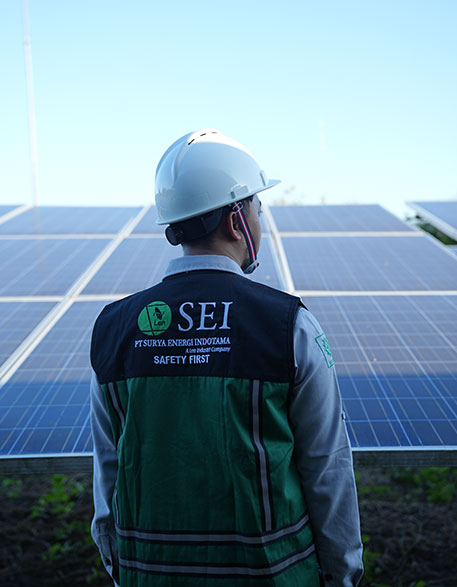Tag: K3
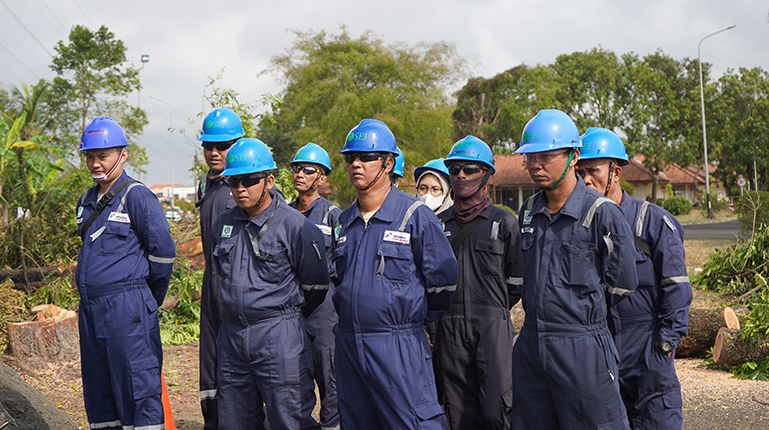
Toolbox Meeting: SEI’s Commitment to Maintaining Worker Safety and Security
Toolbox meeting is a meeting activity attended by all field workers involved in the form of a forum or briefing to discuss safety, security and control of hazards that may occur while working.
The toolbox meeting itself aims to ensure that the conditions of the work field are safe and under control, so that the work carried out runs smoothly and avoids unwanted incidents.
Here are some of the benefits of Toolbox Meeting:
- Safety Awareness: Toolbox meetings help raise awareness of safety risks in the workplace. By discussing potential hazards and appropriate precautions, team members become more aware of their work environment.
- Knowledge and Understanding: Toolbox Meetings provide an opportunity for team members to gain new knowledge about safe work procedures and actions to take in certain situations.
- Risk Identification: In the Toolbox Meeting, team members can share their experiences and knowledge about specific risks related to their work. This helps to identify potential risks that may occur and how to prevent them.
- Shared Commitment: By participating in Toolbox Meetings, team members demonstrate their commitment to workplace safety and health. This reinforces a culture of safety in the workplace and encourages collaboration in creating a safer work environment.
Taking these benefits into account, Toolbox Meeting becomes one of the important instruments in ensuring a safe and healthy working environment for all team members. In working on projects, SEI always routinely holds Toolbox Meetings in line with SEI's slogan, "Safety Is SEI Priority"
Berita Lainnya
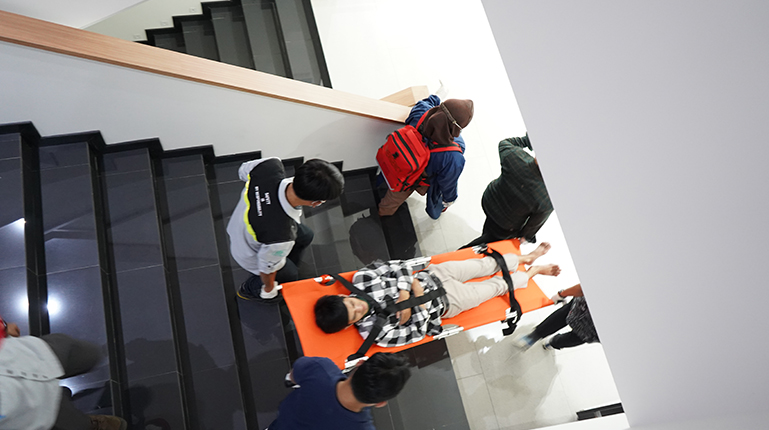
Emergency Response Simulation, Is It Important?
Some time ago, the HSE SEI team held an earthquake and fire emergency response simulation at different times. And do you know how important emergency response simulations or often known as Emergency drills are? Let's see the discussion this time!
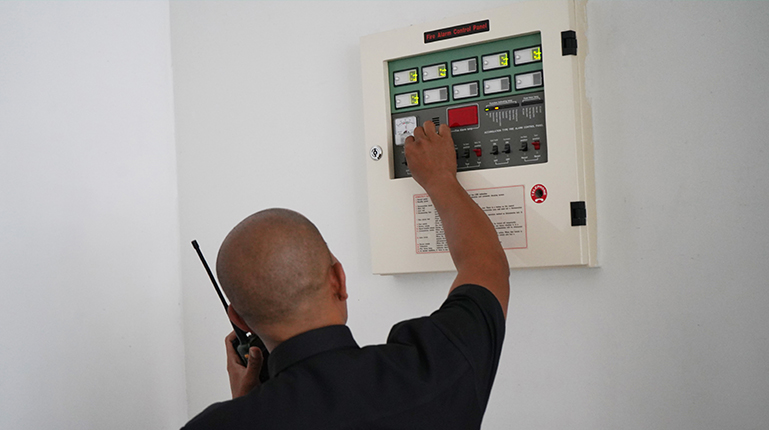
Emergency drill or Emergency Response Simulation
intended to facilitate and regulate the actions of the company and company employees during an emergency that occurs in the workplace and it is highly recommended for a company to do so. A well-developed and well-organized emergency plan and proper training for employees so that each employee can understand their role and responsibilities in emergency response simulation activities.
The implementation of emergency response simulations can minimize risks such as reducing serious injuries and reducing damage to company facilities during an emergency. Without good planning, of course, there will be many risks that the company faces such as a noisy atmosphere, unorganized resulting in confusion, injury, risk of disease due to exposure to chemicals, biology and/or radiation including damage to company property.
Of course we don't want that to happen, therefore the company through the HSE Team is very concerned and always schedules emergency drill programs every year. SEI as a company with hundreds of employees is certainly required to have an operational plan, especially in anticipating emergency actions, which plan must include:
- Preferred methods and/or procedures for reporting fires and other emergencies;
- Emergency procedures and route planning, such as floor plans, workplace maps, and safe or protective areas;
- Procedures for accounting for all employees after an evacuation, such as determining assembly locations, for example, safe areas or shelters;
- An officer or person in charge either inside or outside the company who can be contacted for additional information or explanation of duties and responsibilities based on the emergency plan;
- Procedures for employees who continue to perform or shut down essential installation operations, operate fire extinguishers, or perform other essential services that cannot be stopped for any emergency alarm prior to evacuation;
- Rescue and medical duties for each employee appointed to carry them out;
- Designate one or more emergency contact persons who are knowledgeable about the hazards and processes at the facility and ensure their contact information is readily accessible during an emergency;
- Designate employees responsible for inventorying and maintaining emergency equipment and supplies;
- Include a description of the alarm system in the emergency plan that will be used to notify all employees to evacuate and take other actions. The alarm sound used for the action must be different from other types of alarms such as horns, sirens, or even public address systems;
- Identifying the location of alternative communications facilities to be used if primary facilities are inaccessible due to an emergency, such as fire or explosion;
- Keep original or duplicate copies of important company documents in a secure location on or off site.
So, if all plans for emergency drill activities or emergency response simulations have been carried out in sequence according to applicable guidelines, then the next stage that you need to know is how to successfully conduct emergency drills, let's look at the discussion again:
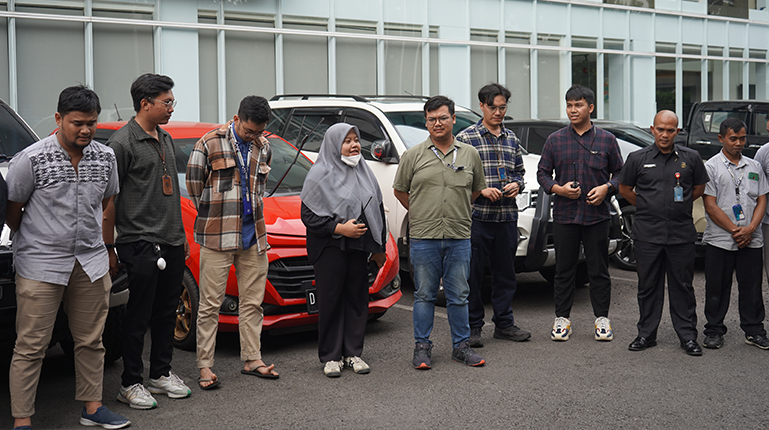
Tips for Conducting a Successful Emergency Drill
Conducting an effective emergency drill involves more than just sounding the alarm and directing employees to exit the building. Here are some tips we can follow to ensure that the emergency drill is successful and beneficial:
- Realistic and relevant scenarios
The type of emergency drill must be relevant to the place and location of the company, for example, if the company is located in an earthquake-prone area, then conducting an earthquake drill is the right action or if the office space has a high-rise building, then a fire drill that includes evacuation procedures via stairs will be very important, etc.;
- Clear Communication
Provide instructions before, during, and after the emergency response drill. This includes letting everyone know that the drill is taking place, the scenario, and what is expected of them. After the drill, provide feedback on how the drill went and what improvements can be made.
- Surprise Exercise
While scheduled drills are important, surprise drills can be even more effective in preparing employees for emergencies. They can help identify real-time challenges and areas of confusion that need to be addressed;
- Involve Everyone
All employees should participate in drills to ensure they understand emergency procedures, from top management to lower-level employees;
- Designated Role
Assign specific roles to employees, such as floor coordinator, first aid officer, etc. This is to ensure that essential tasks are carried out and to give individuals a sense of responsibility during emergencies.
- Test Multiple Scenarios
Don’t limit yourself to one type of emergency. While fire drills are common, it’s also important to conduct drills for other scenarios such as earthquakes, floods, or other situations that are appropriate to your company’s location and type of business;
- Briefing, Learn and Feed Back
After the emergency response simulation exercise is held, the simulation activity can be continued with a question and answer session and discussion as evaluation material, including asking for feedback from employees as valuable input and insight for the smooth running of the emergency response simulation activity;
- Update Emergency Plan
Always update the company's emergency plan that has been prepared according to the development and condition of the company, such as updating evacuation routes, improving communication methods, or providing additional training to employees.
The tips above will support the smooth implementation of emergency response exercises, and what needs to be emphasized in this activity is that cooperation between all parties is certainly the main point to achieve the expected success.
The need for awareness from company management to employees about the importance of emergency drill activities must always be fostered, safety is the main point of the company in carrying out its activities and is the responsibility of all members of the community in it …. Safety is SEI priority!




